Minerals really are magnificent! |
Did you know that so many items that we use on a daily basis is connected to minerals? Mineral resources are naturally-occuring Earth materials that we extract from the rocks that make up Earth’s crust. Minerals play an important role in our everyday lives, from the nutrients in our foods to the metals in our smartphones. In a sense, minerals make it possible for us to stay healthy and connected to each other. On this page, you’ll find a sample of the dazzling mineral on display at the Pacific Museum of Earth in our related exhibits: the Mineral Rainbow, Gem Gallery, Mineral ID, Rock Detectives, Mining our own Future, and the E-waste case.
Scroll down to the bottom of the page to explore a series of simple and fun mineral activities for home or classroom learning.
Mineral FAQs |
We have so many magnificent minerals at the Pacific Museum of Earth, we could never display them all! Our current exhibits that feature Earth's treasures show off a wide array of colors and shapes. Some things have changed in how our minerals are showcased, but you can still check out our zoomable images from our previous mineral exhibits:
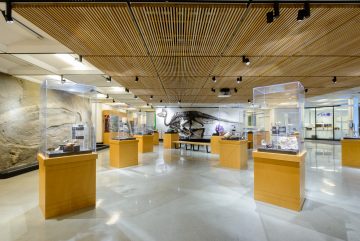
Big & Bold |
Minerals from here & there |
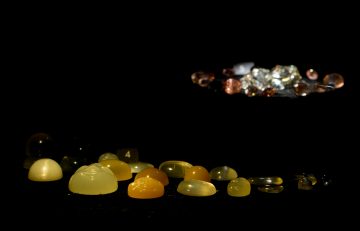 Dazzling minerals |
Dazzling minerals |
- Beryl & Corundum
- Feldspar - Orthoclase & Labradorite
- Rough Diamonds
- Cut Diamonds
- Diamonds in kimberlites
- Gold veins
- Gold nuggets
- Opal
- Amethyst
- Tourmaline & Forsterite
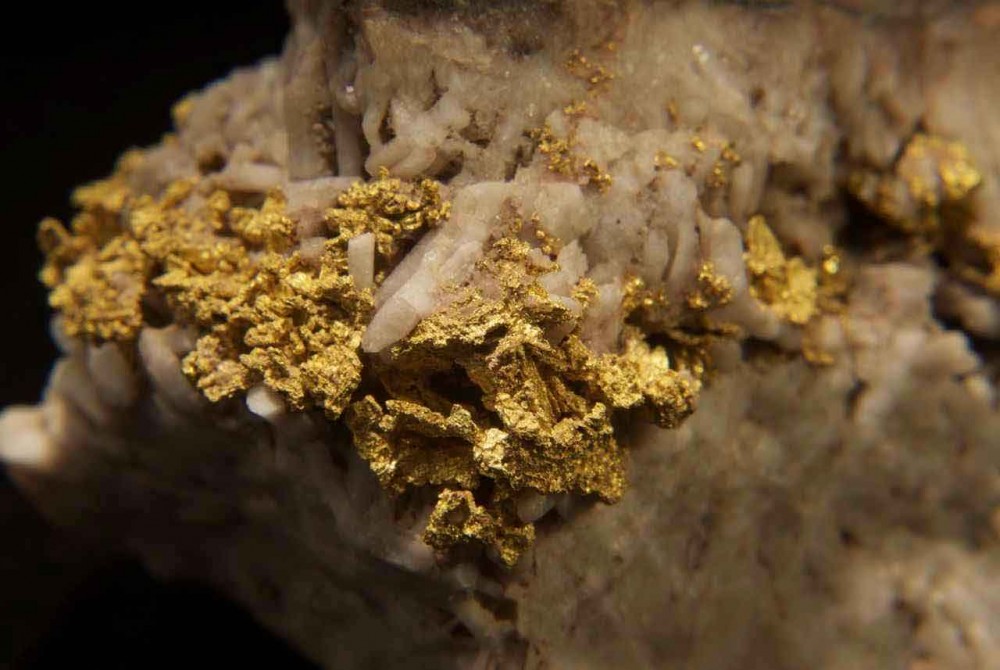 More about minerals |
More about minerals |
- Minerals from a melt
- Asbestos minerals
- Mineral Rainbow
- Mineral identification toolkit
- Light & Minerals
- Mineral Smartphone Guts
- Mineral Sculptures
We do! Our mineral collection has over 10,00 specimens and spans nearly 100 years of combined curatorial efforts. We are currently digitizing the collection and you can browse these beautiful images on our Flickr page or click through using the LEFT and RIGHT arrows on the image below.
We absolutely can! Find our Mineral ID exhibit located next to the Lytton Jelly Roll and learn the basics of mineral identification!

A smartphone is a treasure trove of economic minerals. Approximately one third of all the metals that occur in nature are contained within the various components that make up a typical smartphone, some more scarce than others. Many of these metals are found in higher concentrations within a phone than in nature. A group of elements called rare earth elements (REEs) are particularly important components of smartphones as well as many other useful hi-tech devices. Despite the current and ever-increasing demand for REEs in industry, the processing of REE ore poses significant environmental and political concerns.
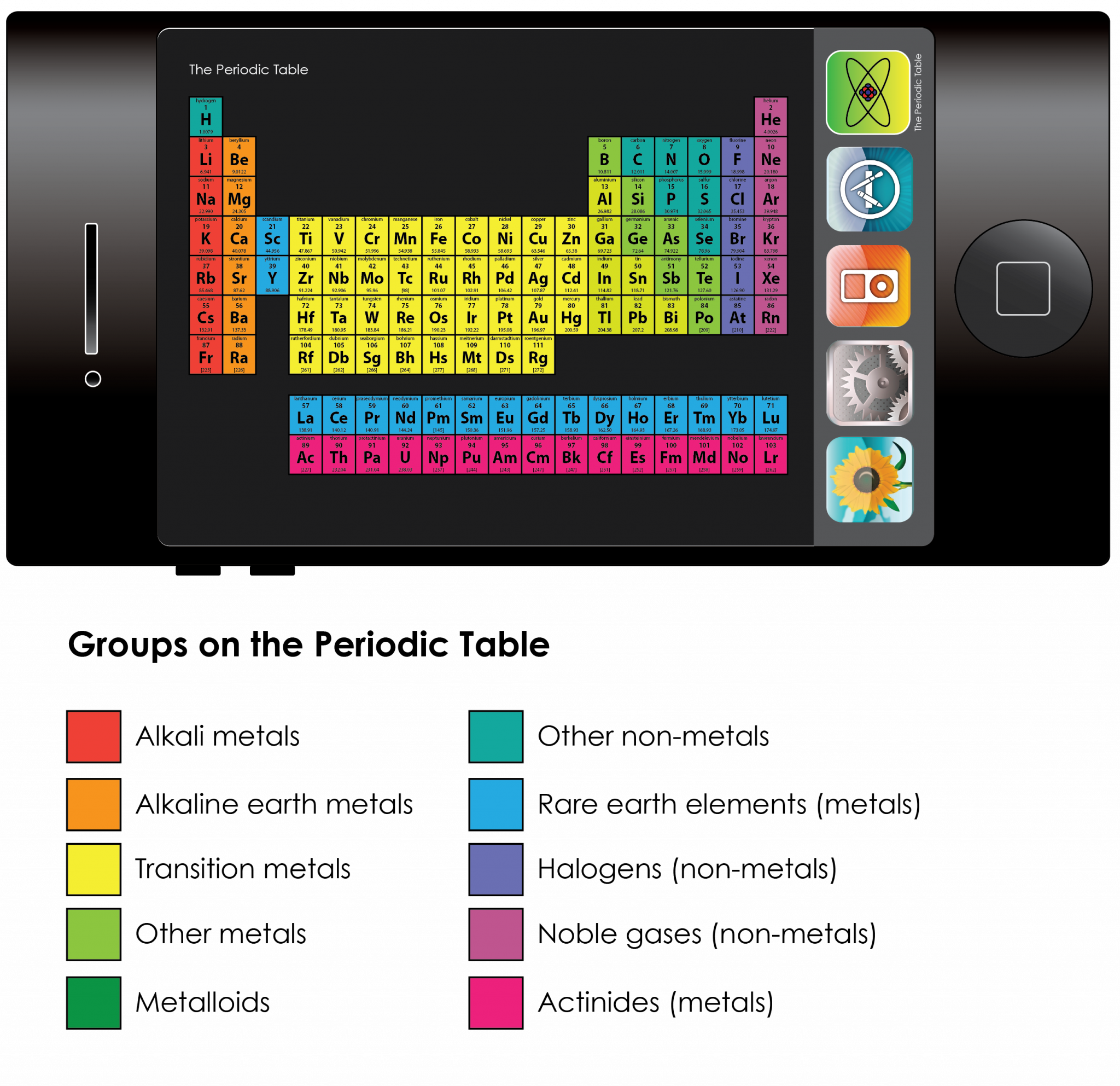
Rare earth elements (REEs) are comprised of the 15 lanthanides, scandium (Sc) and yttrium (Y) (see periodic table). Despite their name, REEs are not the scarcest metals in Earth’s crust. Alloys containing REEs are used in a wide variety of modern technologies due to their robust physical, electrical, and magnetic properties. Flat-screen TVs, smart phones, wind turbines, electronic motors, and magnetic resonance imagers are among a few of the devices that rely on the properties of REEs and their alloys.
Monazite, bastnäsite, and xenotime are the most commonly processed rare earth element bearing minerals. Monazite and bastnäsite together account for nearly 95% of global REE production. Monazite is also the principal ore of thorium, accounting for approximately 30% of production. Improper disposal of the associated radioactive elements and the strong chemicals used in the refining of REE ore is hazardous to the environment.
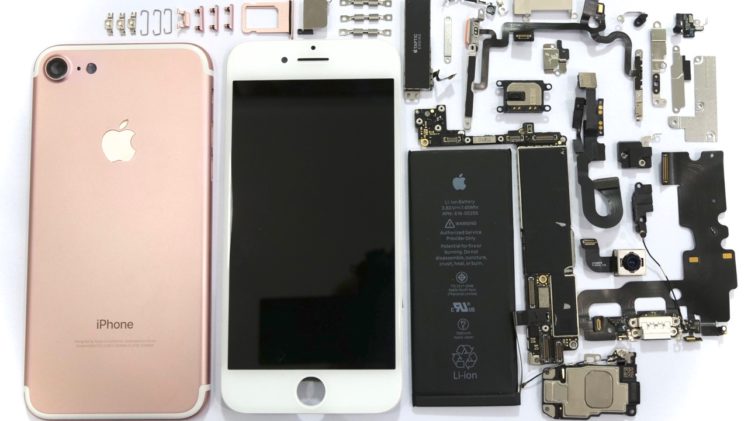
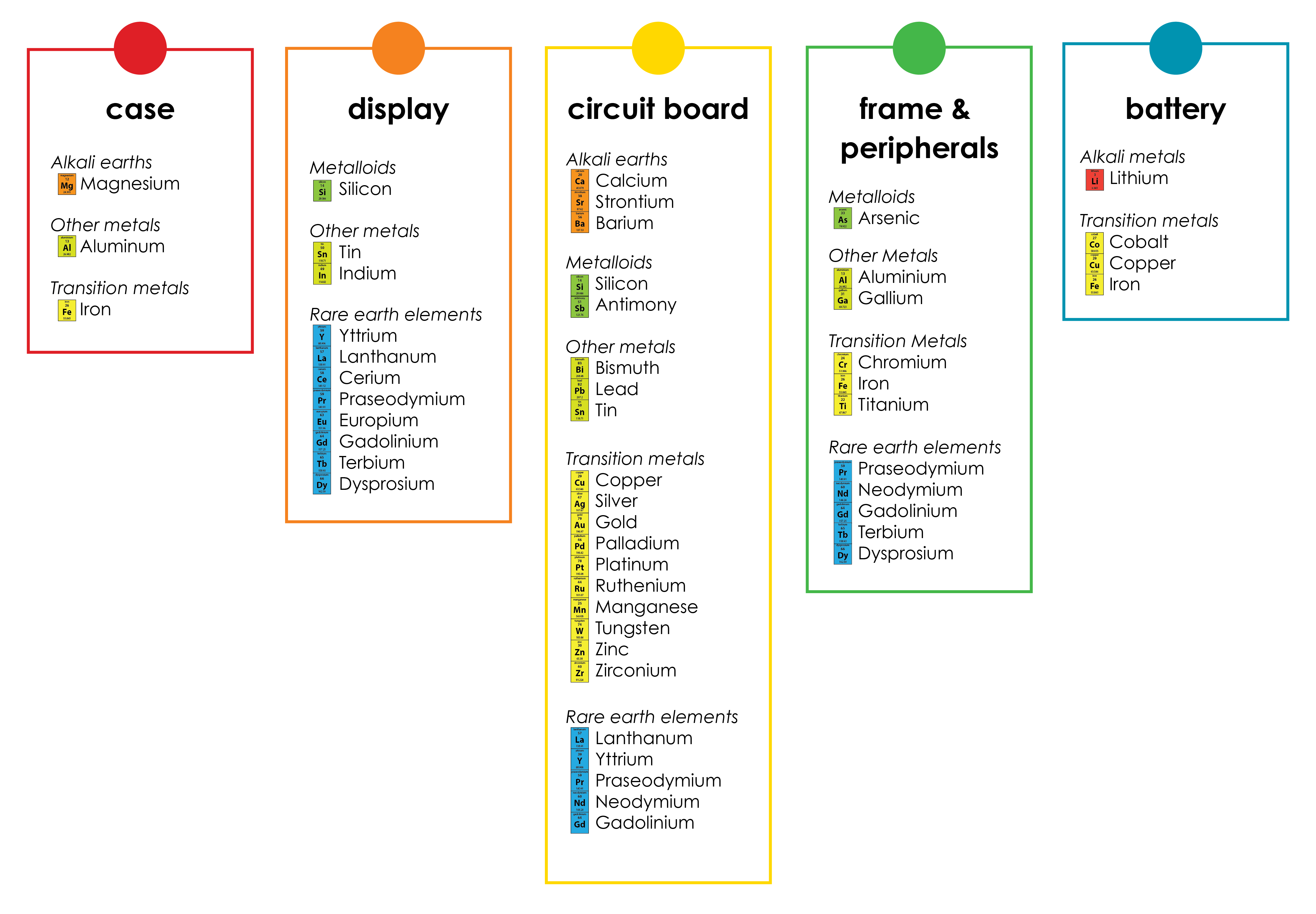
We're so glad you asked! Keeping phones and other portable electronic devices out of the landfill protects the local ecosystem and the environment. Recycled smartphones are used to make new products, which reduces the need for additional raw materials to be mined from our planet. Recycling your phone is easy and can make a big difference!
If you're in Canada, you can learn more about where to recycle through the Electronic Products Recycling Association.
Before you recycle your phone, make sure you remove any personal data.
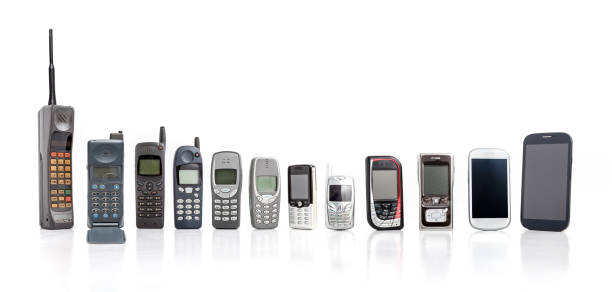
When nutritionists refer to minerals, they are referring to elements found in our food. While these elements may come from plants, or animals who ate those plants, their original source is Earth’s rocks and minerals. These elements are called essential minerals, because we need to ingest them in order to maintain optimal health and important bodily functions.

They’re divided up into macrominerals and trace minerals. While equally important, we need smaller amounts of the latter. A balanced diet will provide ample quantities of sodium, potassium, magnesium, iron, zinc, and selenium, to name but a few. Without these elements, the potential for serious health risks increase.
Fun mineral activities |
We’ve created a series of learning activities for you to explore more about minerals in your classroom or home. Click, download (& print) the worksheets below.
